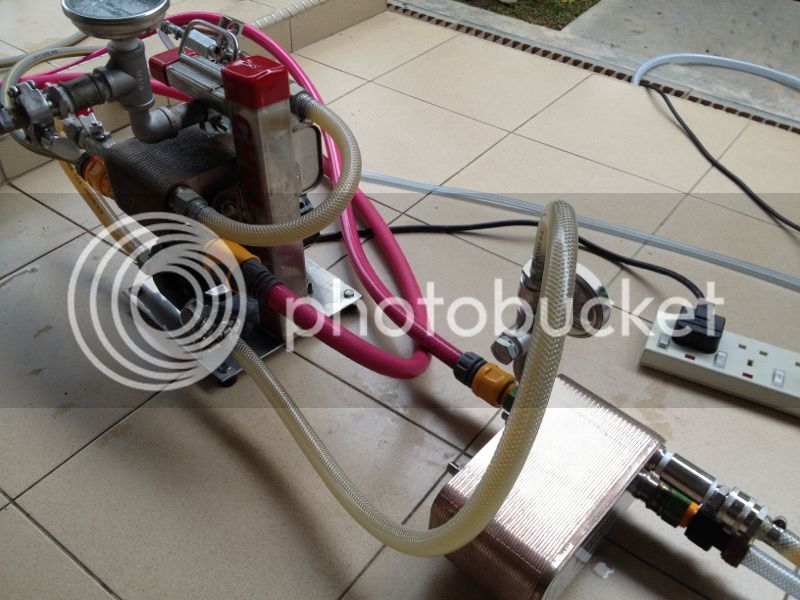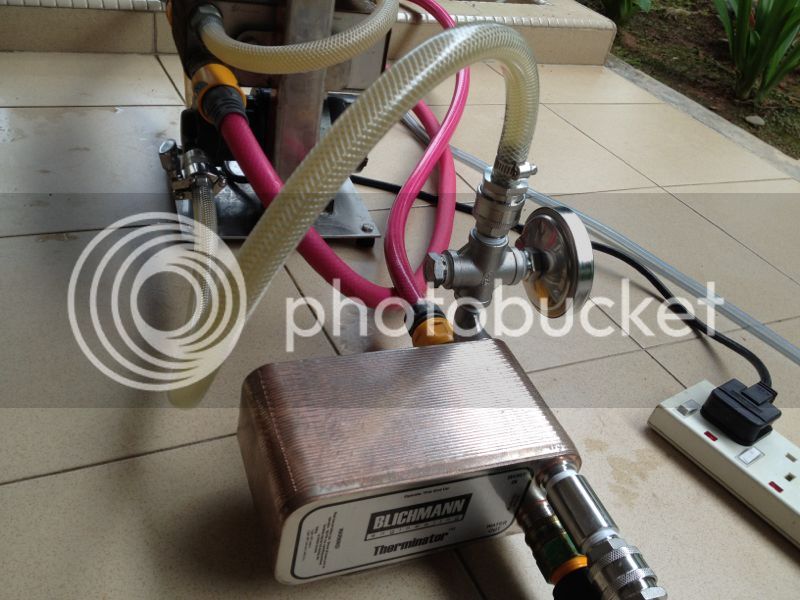Goose
0 Warning Points
- Joined
- 6/7/05
- Messages
- 638
- Reaction score
- 147
Good stuff thanks, but this assumes that i have a sufficient "reservoir" of low temperature to begin with, and that the "pump" does work to move the heat from one reservoir to the other.markymoo said:hi Goose,
their Glycol system works on a refrigeration circuit, so the Coefficient of Performance is above 3:1, therefore your 3kW power in would result in over 9kW of cooling capacity.
at the temperatures we are talking (100degree wort down to 12degC) and on a mild day that efficiency would be much higher, say 6:1 plus.
This is why the refrigeration circuit is such a popular way of heating and cooling
My calculation just works out the total amount of heat that needs to be moved out of the wort....






